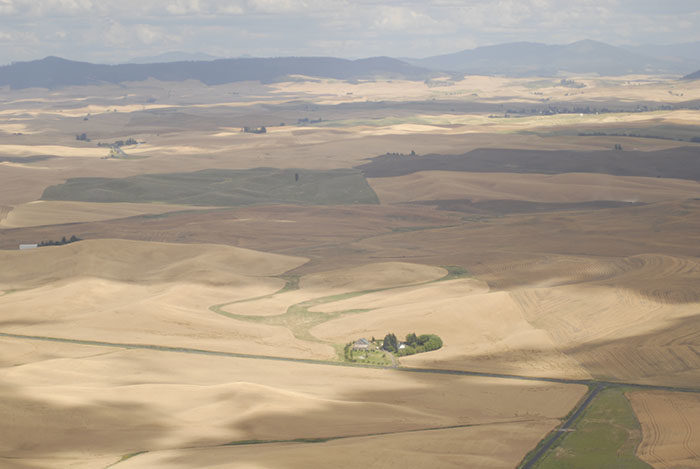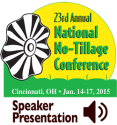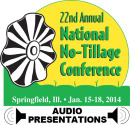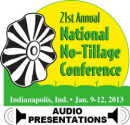Advertise Follow Us
Residue Management
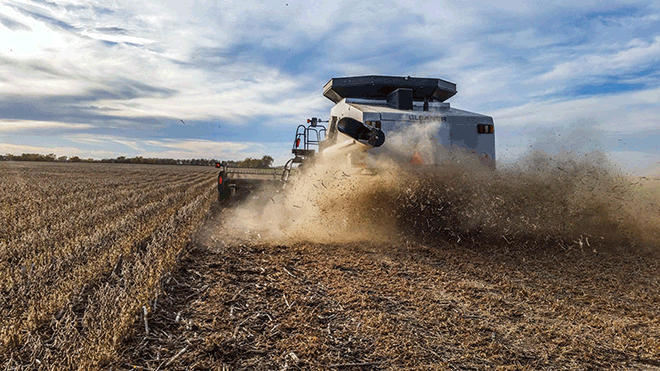
Valuable how-to tips and information about managing tough no-till residue in all types of climates and conditions, whether it’s stalks, stems, chaff or straw.
ARTICLES
Legendary No-Till Advice
If a grower can claim depreciation for lost nutrients, could they do the same for soil value vanished due to erosion from bare, tilled ground?
Read More
Regenerating Your Profits: No-Till, Covers & Livestock
Using diversification & data to inform his management decisions, Mac Kincaid can prove regenerative no-till is paying off on his 1,000-acre Missouri farm.
Read More
What I've Learned from No-Tilling
A No-Till Farming System 55 Years in the Making
The Kaiser family shares thoughts on best practices are constantly evolving for three generations working this Ontario no-till farm
Read More







